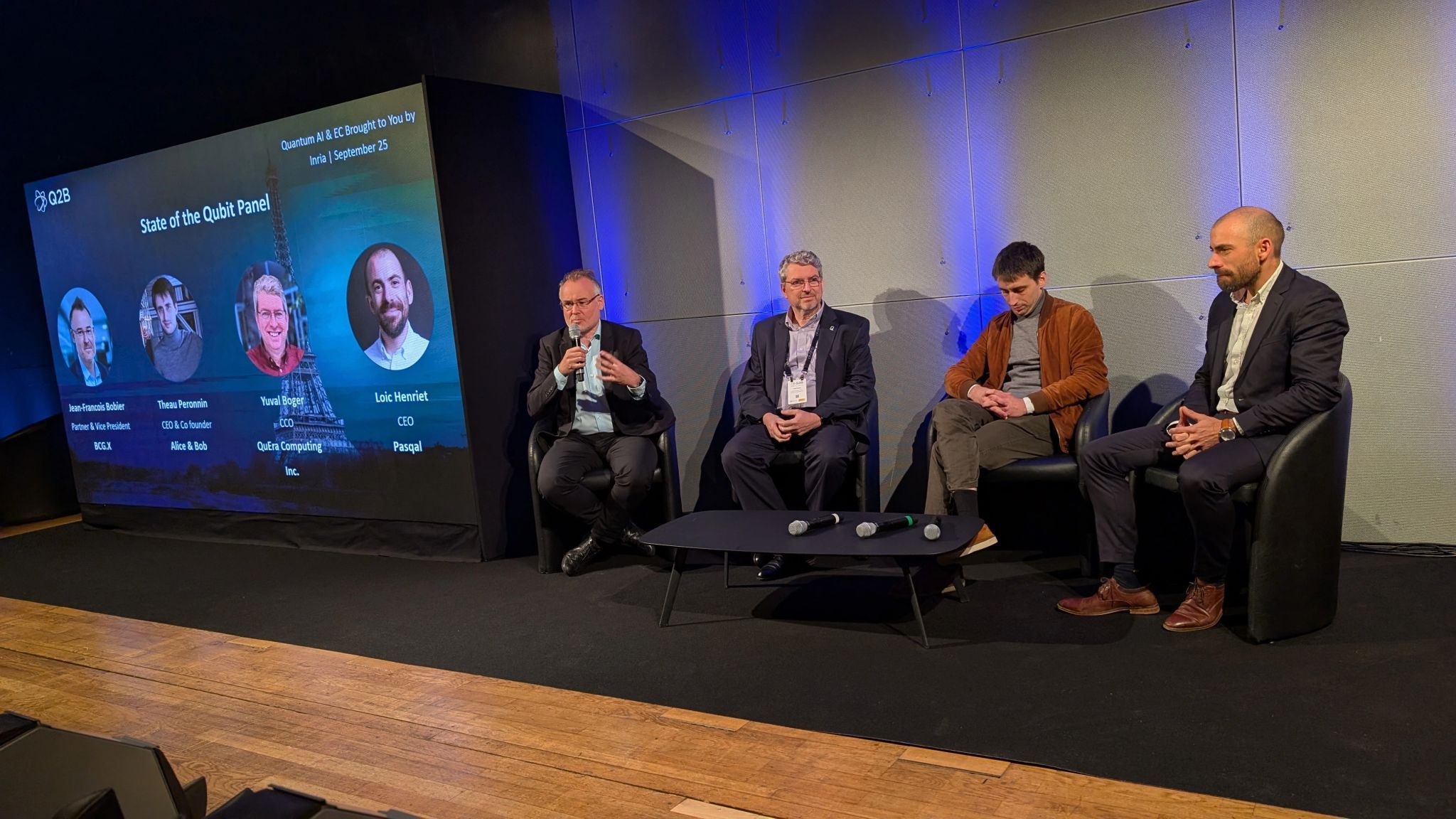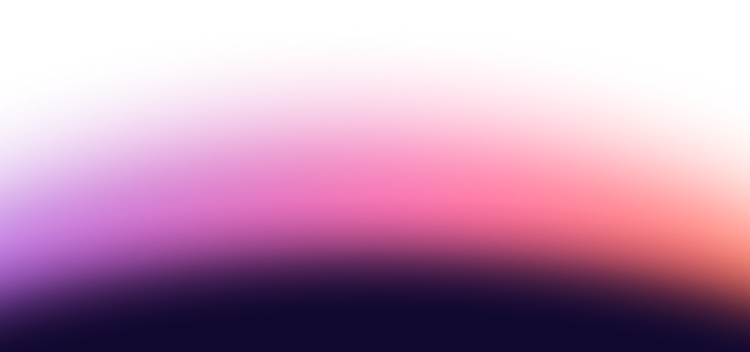The dawn of fault-tolerant quantum computing (FTQC) will signal the ability of quantum computers to perform calculations with arbitrarily low logical error rates. The qubit counts of today are, in principle, high enough to solve certain real-world problems. Unfortunately, the error rates are still too high to make the results of any computation useful. FTQC will signal:
- The error correction threshold has been exceeded.
- Quantum information is adequately shielded from the environment.
- The spread of errors throughout the array is contained locally.
Although at-scale FTQC is just beyond the horizon, The Quantum Insider article “A Different Path To Achieving Industry-Relevant Results” notes that analog quantum computing with neutral atoms shortens the path by bringing a subset of problems within reach. Some of the properties of neutral atom quantum computers that enable this include:
- Neutral atoms have the longest coherence times of publicly-available qubit modalities.
- Qubit shuttling allows mid-circuit measurements, which enable error correction.
- Qubit shuttling allows transversal gates, also known as logical gates.
A video of qubit shuttling, annotated to show quantum entanglement, can be viewed on the Quantum Computing Report website in an article titled “Qubit Shuttling and its Implication for Neutral Atom Computers.”
The Challenge of Quantum Errors
For computation to be fault tolerant in quantum computing, errors first need to be suppressed. After all, it is easier to correct errors if as many of them can be prevented as possible. Techniques for quantum error suppression include the use of derangement circuits, dynamic decoupling, and stabilizer codes.
Unfortunately, not all possible errors will be prevented. After all, there are numerous sources of errors. To achieve fault tolerance computing also requires error detection and correction. One of the most popular examples of an error-correcting stabilizer code is a Calderbank-Shor-Steane (CSS) code called “Steane’s Code.” Discovered by physicist Andrew Steane, Steane’s Code uses seven physical qubits to encode a single logical qubit. While this logical qubit is able to correct the bit flip errors and phase flip errors of any single qubit, in principle, additional research is required into the control systems and syndrome measurements required to implement it. Further research is also required into the Steane Code’s scalability, as well as into its applicability to fault tolerance.
Quantum error correction codes (QECC) like Steane’s Code face quite a few challenges. In addition to the issues just mentioned specifically for Steane’s Code, a sampling of some of these other challenges includes:
- Not all time-tested classical error correction can be applied to quantum computing because of how the no-cloning theorem prohibits the exact duplication of unknown quantum states.
- The environment, from the local to the cosmic, can cause errors in ways that require qubits to have physical shielding.
- Some errors arise from imperfections in the hardware, including from defects in the fabrication of qubit modalities that are not found in nature.
- Crosstalk occurs when gate operations on qubits negatively affect neighboring qubits that are not the qubits the pulses are intended for.
- Decoherence can cause the loss of quantum information due to the execution of deep quantum circuits that are designed to apply more gate operations than the qubits can handle.
- The software-based transpilation and compilation of quantum circuits can result in incorrect pulse schedules that cause unwanted errors even if all other conditions are absolutely perfect.
QEC codes have a “distance.” Despite the name, the distance is actually an indicator of effectiveness. Using Steane’s Code as an example, it is a [7, 1, 3] code. In order, this means that seven physical qubits encode one logical qubit with a distance of three. A code can detect a number of errors equal to its distance minus one, which means that Steane’s Code can detect two errors. However, a code can only correct a number of errors equal to its distance divided by two, rounded down. This means that Steane’s Code can correct 3/2 errors, rounded down, or only one error.
A “Logical Qubit,” which is what Steane’s Code encodes, is a high-level abstraction constructed out of multiple physical qubits that are protecting themselves against errors. Unlike physical qubits, there are no hardware components of a quantum computer that specifically designate logical qubits. A distinction also needs to be made for fault tolerance vs redundancy, as the latter is not to be confused with repetition codes. While redundancy does provide protection against faults, it suggests encoding two separate logical qubits in case one should fail, whereas logical qubits are intended to not fail. Yet another distinction needs to be made for fault tolerant vs high availability. The latter suggests minimizing downtime, or unavailability, whereas the former goes further and aims to achieve no downtime at all.
In order to build fault-tolerant quantum computers, the error-corrected fidelity of two-qubit entangling gates needs to exceed 99 percent accuracy. A team of researchers from Harvard University, the Massachusetts Institute of Technology (MIT), and QuEra Computing have achieved a milestone toward FTQC by surpassing this threshold with a demonstration of 99.5% accuracy using 60 neutral atom qubits.
An IEEE Spectrum article titled “How to Build a Fault-Tolerant Quantum Computer > New study flags some clever tricks but still only hits 16-qubit size” discusses a complementary breakthrough toward the realization of FTQC. Although Steane’s Code is not mentioned by name, the two logical qubits are both encoded out of seven physical qubits. The 2 remaining qubits out of the 16 used are called flag qubits and were implemented so as to help detect errors during the execution of a transversal logical CNOT gate, which entangles two logical qubits by entangling just one of the physical qubits out of each of the logical qubits. The significance of this implementation is that it might reduce the number of auxiliary qubits required to perform logical gate operations on fault-tolerant quantum computers. Relaxing this auxiliary qubit requirement could not only reduce total physical qubit requirements, but it could also alleviate some of the complexity involved in engineering FTQC.
{{QEC-roadmap}}
The Significance of Fault-Tolerant Quantum Computing
FTQC is essential because Noisy Intermediate-Scale Quantum (NISQ) computers can return sheer noise after just a handful of gates are applied on a very small number of qubits. This means that ideal simulators, using classical processors, can return results with much greater accuracy on larger numbers of qubits and with substantial circuit depth. Because NISQ devices are not the path to quantum advantage or even quantum utility, some of the reasons to build FTQC devices include:
- Quantum computer simulators don’t usually claim to be able to simulate more than 40 qubits, and more than 40 qubits are needed.
- Computational advantages, by definition, are not going to be possible until quantum computers can at least outperform their simulators.
- Methods to improve NISQ results, like measurement error mitigation, require classical processing and, therefore, have scaling issues.
- Even if all else was absolutely perfect, NISQ qubits still don’t have the coherence to support algorithms that propose exponential computational advantages.
- Some modalities, such as neutral atoms, have the potential to scale up very quickly to thousands of qubits even before considering the use of interconnects.
In regard to interconnects, our article titled “Benefits of Modular Quantum Computing for Business” discusses the notion of modularity to address the challenge of scaling up quantum computers in regard to the counts of qubits that can be made available. Quantum networks are mentioned, as well. However, any number of noisy qubits, whether interconnected, networked, or monolithic, can only return noisy, useless results. Therefore, error-corrected, fault-tolerant, logical qubits are essential to realizing practical quantum computing.
Applications of Fault-Tolerant Quantum Computing
FTQC has the potential to enable the solution of classically-intractable problems. These are real-world problems with practical applications that require more classical computing resources than even supercomputers can provide. If they can be solved at all, their solutions might be limited to approximations. For many of these problems, however, precise solutions are of far more value than approximations, even relatively close approximations. Therefore, FTQC might have important applications in the following fields:
- Molecular simulation for the design and discovery of safer and more effective pharmaceuticals to treat a wide range of medical conditions.
- Simulating molecules for the development of novel materials with desirable properties such as greater strength or less weight.
- Enhancing artificial intelligence by considering massive volumes of classical data that has been mapped with exponential compression to qubits.
- Solving combinatorial optimization problems that are beyond the capabilities of even tensor networks and greedy algorithms.
- Disrupting the entire financial industry through insights that can be provided in near-real time despite requiring complex calculations.
- Improving the randomness of randomly-generated numbers to enhance the security provided by cryptographic keys.
- Emphasizing sustainability by consuming considerably less energy than high performance computers executing similar calculations.
- Supporting applications that are classified primarily as quantum communications or quantum sensing applications.
The most important potential applications of FTQC are the ones that aren’t actually listed. One can imagine that engineers of the earliest digital computers could not possibly have foreseen all the applications that are in use today, from autonomous vehicles to virtual reality. Therefore, it is reasonable to assume that the greatest applications of FTQC will be the ones that haven’t been imagined yet. This is one of the most powerful reasons to begin exploring quantum computing today, with devices such as the 256-qubit Aquila, and to begin imagining the unimaginable.




.webp)





